Have you ever found yourself standing on the sidewalk, leash in hand, while your dog plants their paws firmly on the ground and refuses to budge? You’re not alone. Leash struggles can be surprisingly emotional, leaving dog owners feeling frustrated, embarrassed, or even defeated. But there’s good news—every stubborn stop, wild wiggle, or panicked pull has a reason behind it, and with a little patience (and love), you can turn walks from a dreaded chore into a joyful adventure. Let’s uncover the most common reasons dogs refuse to walk on a leash and, more importantly, the simple, heartwarming fixes that can get those paws happily moving again.
Fear of the Leash

A peaceful walk with your dog should be one of the best parts of your day—but when your pup plants their feet, pulls away, or flat-out refuses to move, it quickly becomes frustrating for both of you. Leash resistance is more common than you might think, and it doesn’t mean your dog is being stubborn. In fact, a number of emotional, physical, and environmental factors could be at play, from fear and overexcitement to discomfort or confusion about what’s expected.
Some dogs see the leash and immediately back away, trembling or hiding. This fear can stem from a bad experience, like a harsh tug or a loud noise associated with the leash. Puppies, especially, might not understand what this strange object is. Imagine being asked to wear something you’ve never seen before—it can be scary! To fix this, make the leash a positive thing. Let your dog sniff it, reward them with treats, and praise when they show curiosity. Gradually, put the leash on for short periods indoors, always keeping the experience gentle and calm. Over time, your dog will realize the leash means fun, not fear.
Pain or Discomfort
Dogs often refuse to walk if something hurts. Maybe their collar is too tight, the harness pinches, or they have a sore paw. Even minor pain can make walking miserable. Think about walking in shoes that pinch your toes—you wouldn’t want to go far! Check for signs like limping, licking paws, or flinching when touched. Try adjusting the collar or harness for a better fit, or switch to a padded harness. Regularly inspect your dog’s paws for thorns, cuts, or debris. If the problem persists, a visit to the vet is always a wise move.
Negative Associations
Some dogs link the leash to something they dislike—like a trip to the vet or leaving the dog park. If every time the leash comes out, something unpleasant happens, your dog will naturally resist. To break this association, bring out the leash at random times and give treats without going anywhere. Use the leash for playtime indoors, or even just wear it while lounging together. The goal is to help your dog see the leash as a regular, positive part of life, not a warning sign of an unwanted event.
Overstimulation
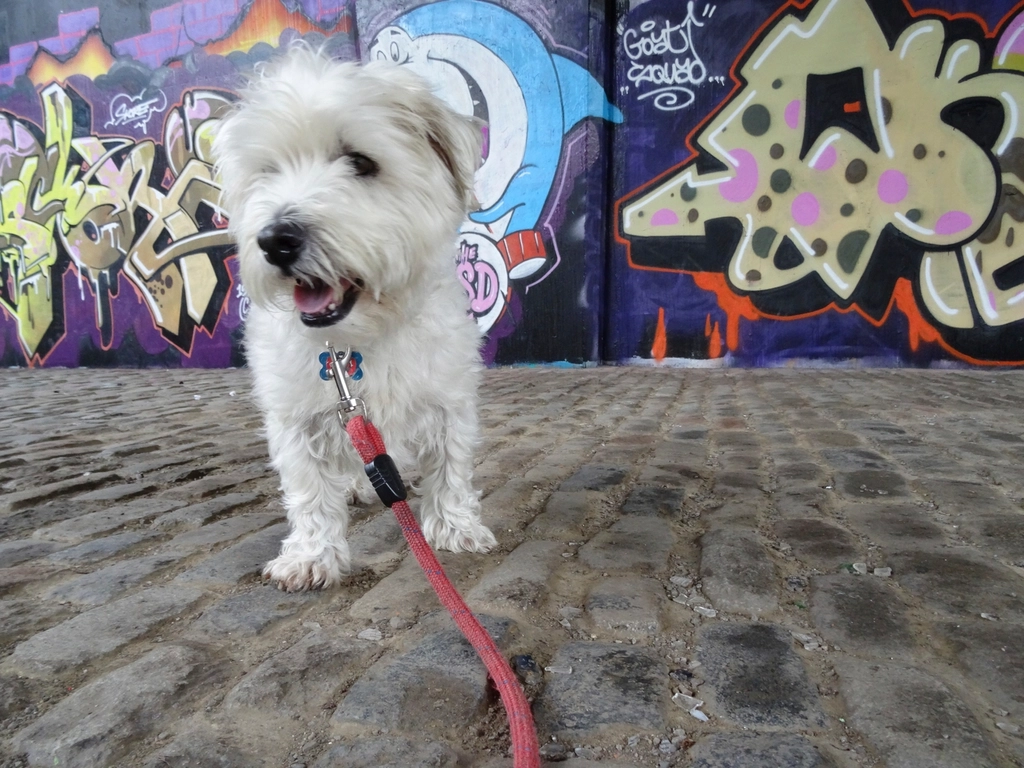
The world is full of overwhelming sights, sounds, and smells. For some dogs, stepping outside is like walking into a carnival—too much to handle! Excited barking, spinning, or freezing in place are all signs of sensory overload. Help your dog by starting walks in quiet areas and gradually introducing more stimulation. Keep walks short at first and reward calm behavior. Using a soothing voice and moving at your dog’s pace can help them build confidence and enjoy the journey instead of feeling bombarded.
Lack of Training
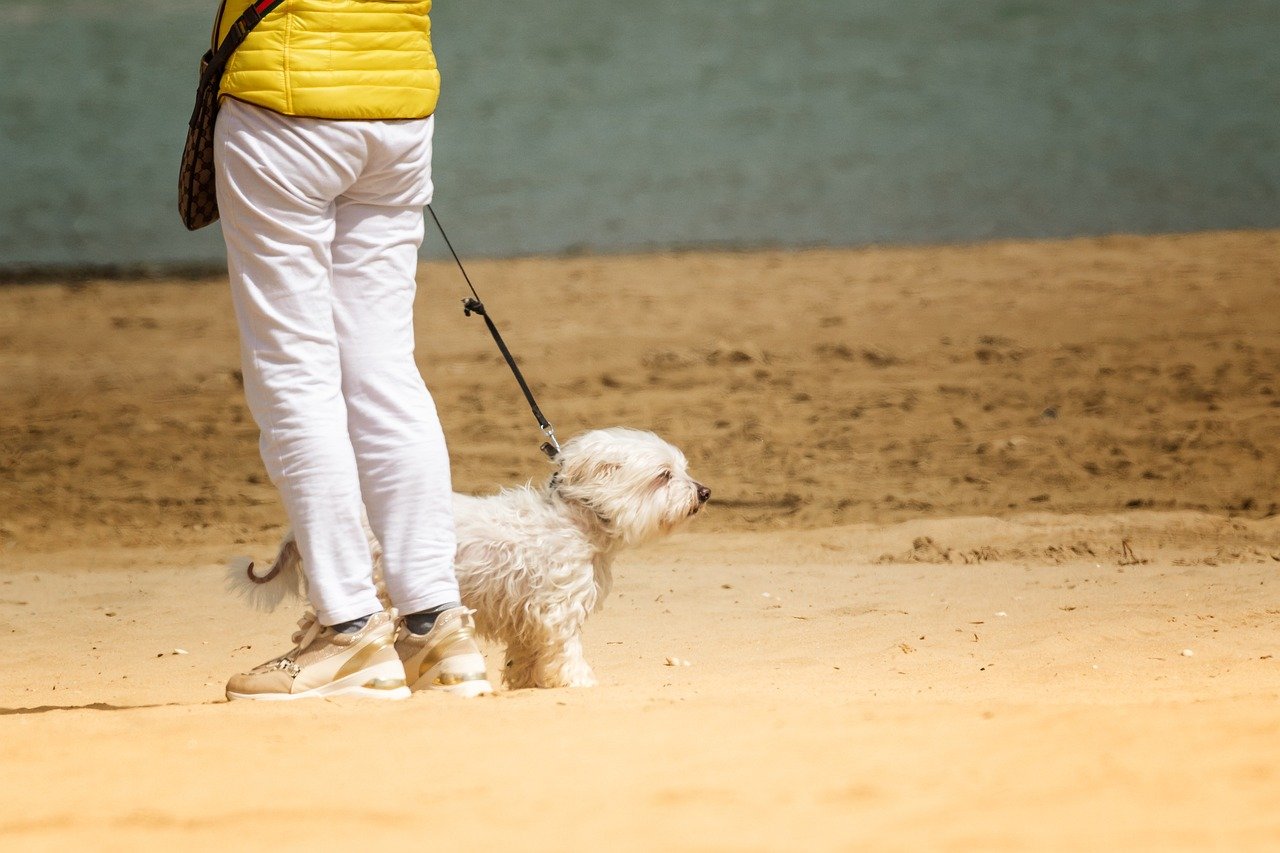
Walking nicely on a leash is a skill, not something dogs are born knowing. If your pup zigzags, pulls, or refuses to move, they may simply not understand what’s expected. Training sessions should be short, positive, and consistent. Use treats and praise when your dog walks at your side or follows your lead. Practice indoors or in a fenced yard before venturing into busier places. Over time, your dog will learn that sticking with you makes walks enjoyable for both of you.
Boredom or Lack of Motivation
Just like people, dogs can get bored. If the same old route isn’t exciting, your dog may dig in their heels. Add some spice to your walks by changing up the path, bringing along a favorite toy, or letting them stop and sniff their favorite spots. Sometimes, simply showing extra enthusiasm—using a happy voice and lots of encouragement—can turn a reluctant walker into an eager explorer. Make walks an adventure, not a routine, and your dog’s energy will follow.
Weather Sensitivity
Rain, snow, heat, or even strong winds can discourage dogs from wanting to walk. Imagine being asked to stroll in a downpour or on scorching pavement! Small breeds and dogs with thin coats are especially sensitive. If your dog shivers, pants heavily, or hesitates at the door, consider weather-appropriate gear like raincoats, boots, or cooling vests. Walk during milder parts of the day and always check the pavement temperature with your hand. Your dog’s comfort comes first.
Age-Related Issues
Senior dogs or very young puppies may struggle with energy or stamina. Arthritis, sore joints, or simple tiredness can make walks unpleasant. Watch for signs like lagging behind, frequent stops, or reluctance to start. For older dogs, stick to shorter, slower walks and offer plenty of rest. For puppies, keep outings brief and fun, letting them set the pace. Remember, sometimes a gentle stroll in the backyard is more than enough for your furry friend.
Distractions and Triggers
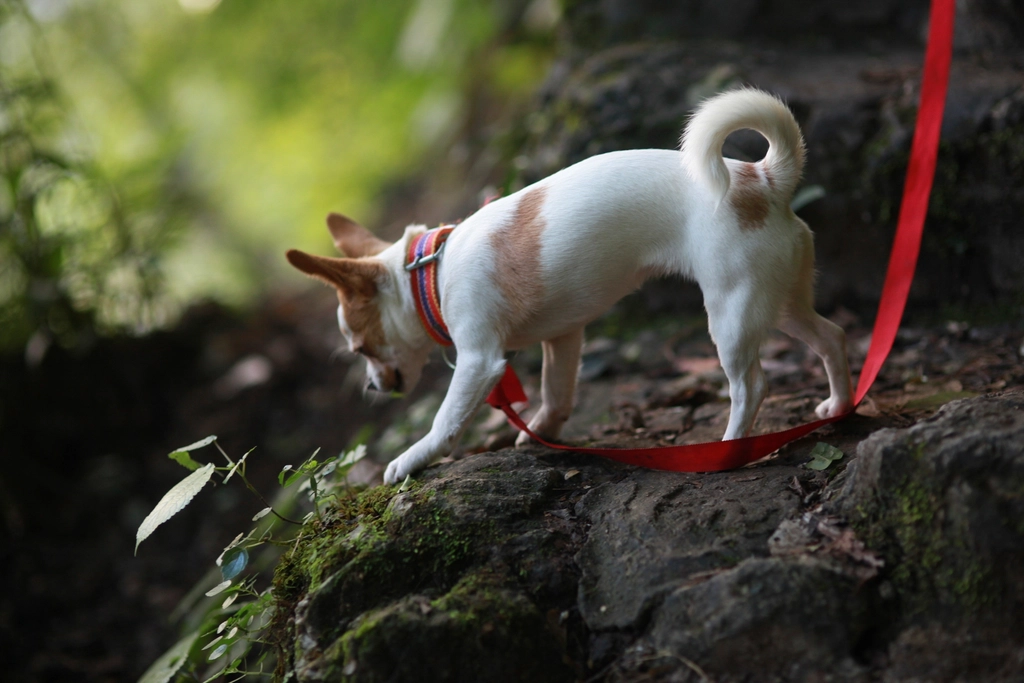
Sometimes, a passing squirrel, noisy truck, or another dog can freeze your pup in their tracks. These distractions can be so captivating or scary that your dog forgets everything else. Try using high-value treats or toys to regain their attention. If your dog has a known trigger, like skateboards or loud motorcycles, work on desensitization by exposing them from a safe distance and rewarding calm behavior. Over time, those distractions will lose their power to derail your walk.
Pulling or Dragging Issues
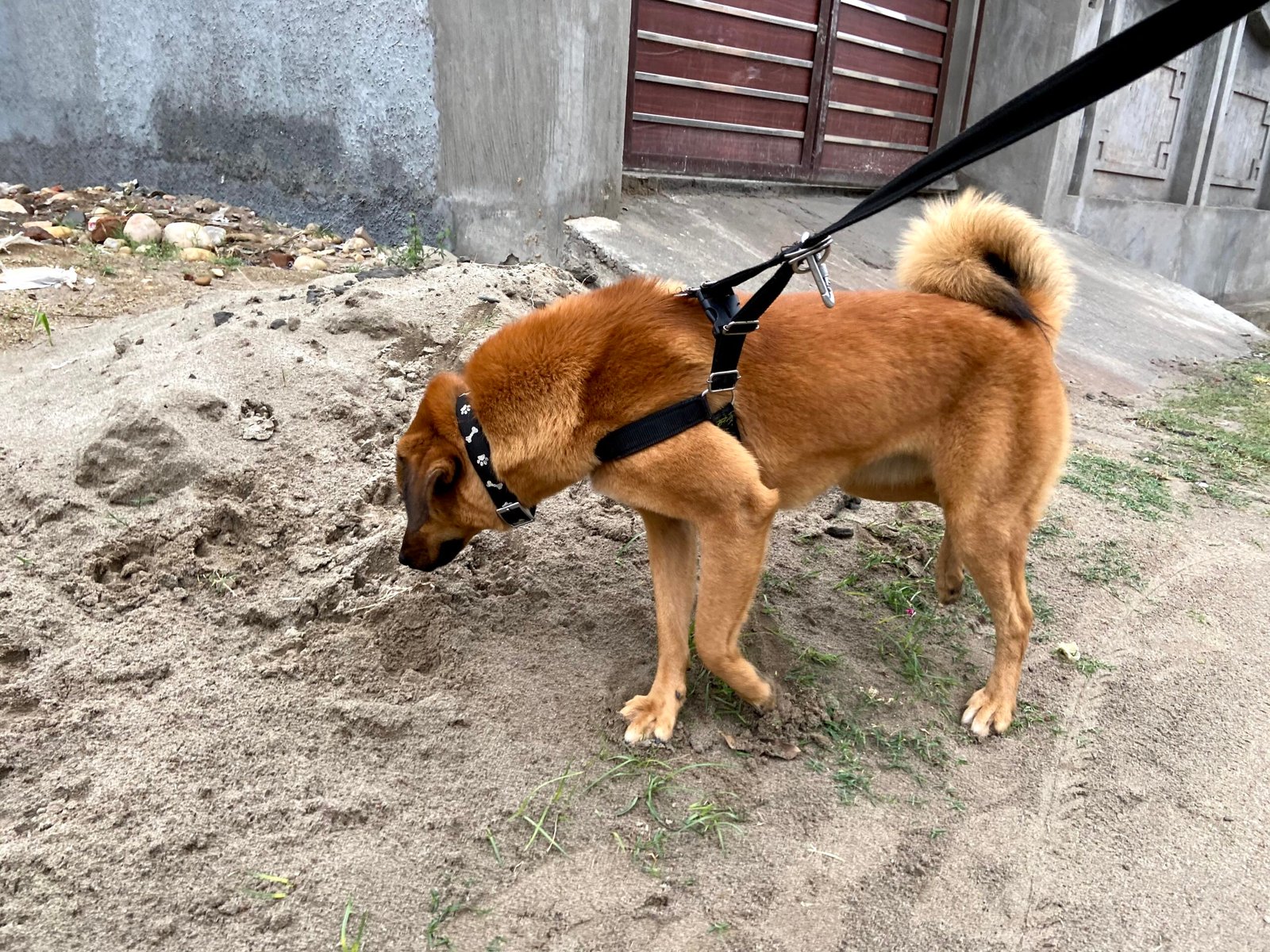
Dogs that pull too hard or are dragged along can develop an aversion to walks. It’s no fun to be constantly yanked or to feel like you’re dragging a weight behind you. Use a no-pull harness or a front-clip leash to reduce pulling. Practice loose-leash walking by stopping every time your dog pulls and only moving forward when the leash is slack. This teaches your dog that pulling gets them nowhere, while walking politely brings rewards and praise.
Territorial Behaviors
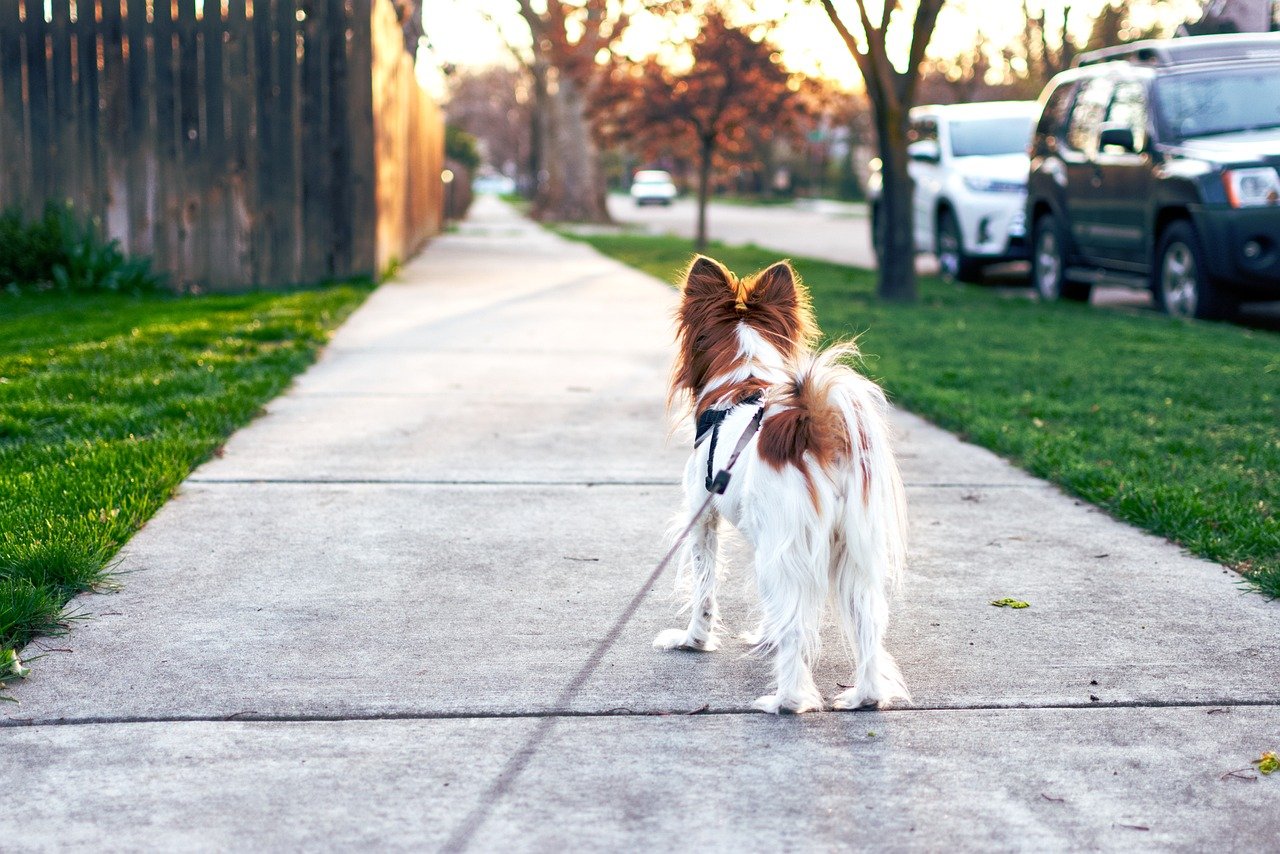
Some dogs are fiercely protective of their home turf and feel anxious leaving it. Barking, whining, or refusing to step outside are common signs. If your dog clings to the porch or tries to dash back indoors, start with very short walks just beyond your doorway, gradually increasing the distance as your dog grows comfortable. Bring along treats and offer lots of encouragement. Over time, your dog will feel safer exploring the world beyond their front yard.
Separation Anxiety
Dogs with separation anxiety might worry that leaving the house means leaving their favorite people or safe spaces behind. This anxiety can make walks feel like a scary event. To help, keep initial walks short and within sight of home, gradually increasing distance as your dog gains confidence. Offer reassurance with your presence and a calm voice. In severe cases, consulting a professional trainer or behaviorist can make a world of difference.
Unfamiliar Surroundings
A new neighborhood, moving to a different home, or even a new park can make dogs nervous. The unfamiliar smells, sights, and sounds might be overwhelming at first. Give your dog time to adjust by exploring new areas slowly. Let them sniff and investigate at their own pace—this builds confidence and helps them feel safe. Bring along favorite treats or toys for comfort, and remember that patience is the best tool you have for helping your dog embrace new adventures.
With understanding, gentle encouragement, and a bit of creativity, every dog can learn to love their walks. The world outside your front door is waiting—one paw step at a time.

Linnea is a born and bred Swede but spends as much time as possible in Cape Town, South Africa. This is mainly due to Cape Town’s extraordinary scenery, wildlife, and atmosphere (in other words, because Cape Town is heaven on earth.) That being said, Sweden’s majestic forests forever hold a special place in her heart. Linnea spends as much time as she can close to the ocean collecting sea shells or in the park admiring puppies.





